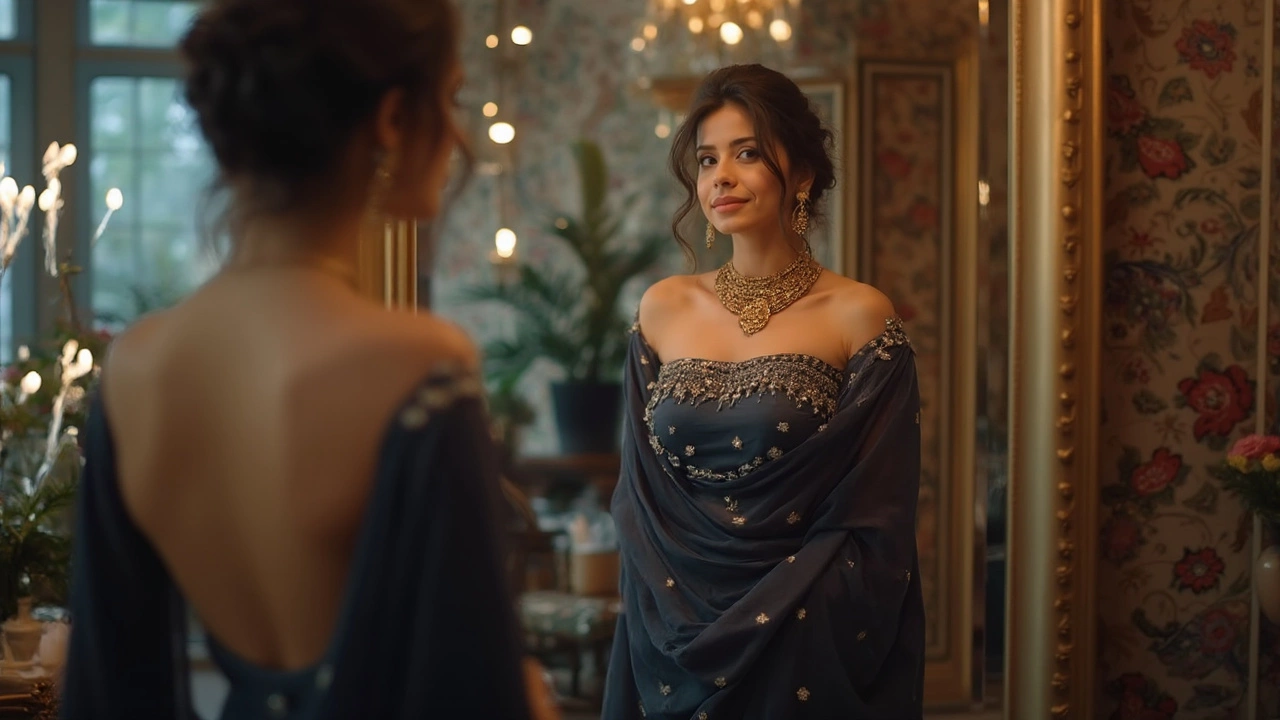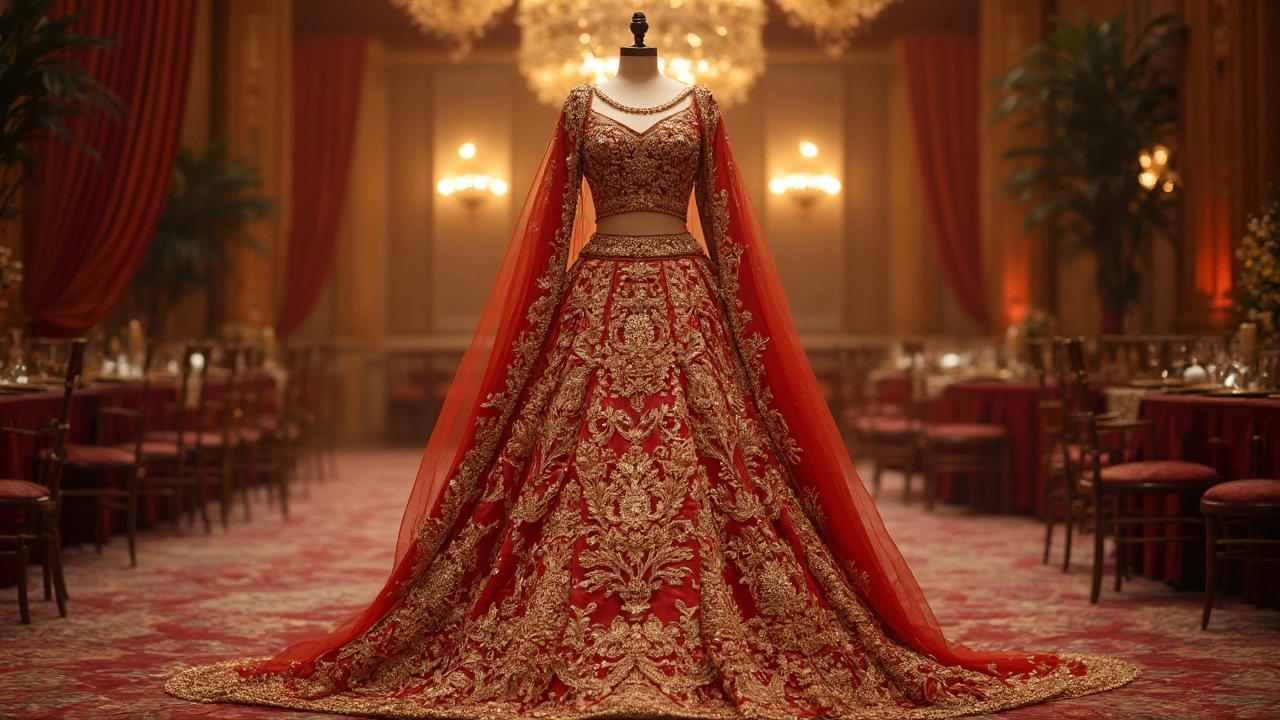Formal Wear Essentials for Every Occasion
When talking about formal wear, clothing designed for professional, ceremonial, or dress‑up events. Also known as business attire, it includes pieces that give a polished, confident look. Two key pieces that define a formal wardrobe are the suit, a coordinated jacket and trousers made from the same fabric and the jacket, a standalone upper garment often paired with trousers or a skirt. A well‑chosen coat, a longer over‑garment for warmth and style finishes the look when the temperature drops. Together these items shape the look, function, and confidence you bring to meetings, weddings, or any formal setting.
Formal wear isn’t just about throwing on a black blazer. The suit’s fabric, stitching, and fit determine whether you appear cheap or premium. A wool blend with a half‑canvas construction, for example, signals higher quality than a polyester‑dominant suit. Jackets, meanwhile, vary from structured blazers with shoulder pads to softer sport coats that add a relaxed edge. When you add a coat—think a classic trench or a tailored overcoat—you extend the outfit’s versatility across seasons. The choice of color also matters; navy, charcoal, and deep green suit most skin tones, while bold shades like burgundy or teal work for events that allow a pop of personality.
How These Pieces Work Together
Think of formal wear as a system: the suit provides the foundation, the jacket adds dimensional style, and the coat offers protection and polish. Selecting the right suit color influences the entire palette—matching shoes, ties, and pocket squares becomes easier when the base hue is clear. A well‑fitted jacket can elevate a simple dress shirt, and a coat with a tailored silhouette ensures the outfit stays sharp even when you’re on the move. This interplay means you can mix and match: a navy suit with a charcoal coat works for winter meetings, while a light grey jacket over charcoal trousers suits spring events.
Beyond the core pieces, accessories like dress shoes, belts, and ties complete the formal look. Shoes should complement the suit’s color—black leather for dark suits, brown for lighter tones. A slim tie in a contrasting hue adds visual interest without breaking the dress code. Remember, caring for your formal wear extends its life: dry‑clean a suit only when needed, air‑out jackets after each wear, and use a breathable garment bag for coats.
Below you’ll find a curated collection of articles that dive deeper into each element of formal wear. From spotting cheap suit fabrics to picking the perfect coat color, the posts cover everything you need to dress confidently for any formal occasion.
Discover Evening Dresses That Create a Slimming Effect

Explore how specific styles of evening dresses can create a slimming effect. This article delves into dress shapes, colors, and fabrics to find the most flattering options. You'll find practical tips on selecting dresses that enhance your figure while offering insights into accessorizing and fabric choices to complete your look. Learn the importance of proper fit and strategic details that draw eyes to your best features.
- Mar 4, 2025
- Violet Greenfield
- 0
- Permalink
Evening Dresses: What Sets Them Apart?

An evening dress is more than just a garment for nighttime events; it's a statement piece that speaks volumes about style and occasion. This article explores what distinguishes an evening dress from other types of dresses, including the fabrics, cuts, and embellishments that define them. We'll also share tips on choosing the right evening dress for different events and personalities. Discover the nuances that make evening dresses a staple in any formal wardrobe, plus some intriguing facts about their evolution in fashion history.
- Feb 18, 2025
- Violet Greenfield
- 0
- Permalink